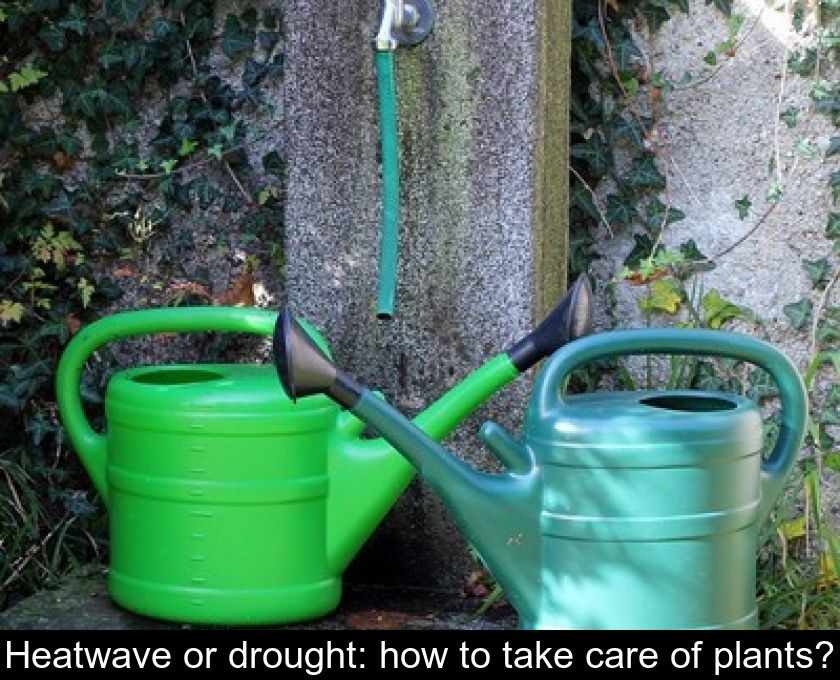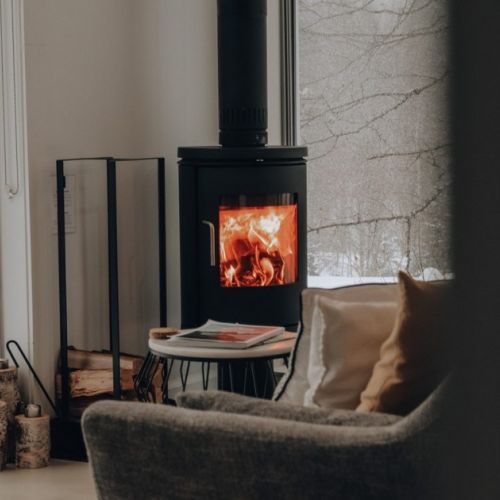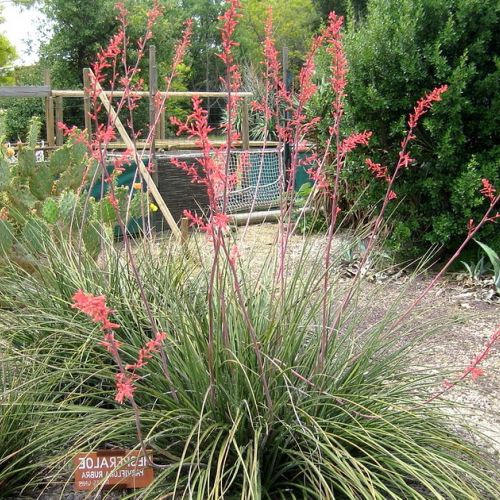Heatwave Or Drought: How To Take Care Of Plants?
When the mercury rises, we are not the only ones suffering from the heat! In the garden, on a balcony, and even in an apartment, our plants also experience the effects of heatwaves and drought. Here is a practical guide in 5 questions to minimize damage and help your crops withstand a heatwave.
What are the effects of high temperatures on plants?
In summer, our gardens and plants in general are sometimes put to the test. While sunlight is essential for their growth, excessive temperatures can cause plants to suffer and even burn.
Gardeners must therefore be extra vigilant to limit the damage caused by these two scourges: heatwaves and drought.
Meteorologists speak of a heatwave when an episode of exceptional heat lasts for more than three days and the temperature remains high even at night.
Météo-France issues an alert when temperatures exceed 33°C during the day and do not drop below 20°C at night. For plants, such a phenomenon is synonymous with significant evaporation.
At the same time, drought occurs when precipitation is rare or non-existent. In France, such a lack of rain usually occurs in summer, but it can also happen in winter!
A period of drought is defined as the absence of rain for fifteen consecutive days. The consequences for the garden are concerning as the soil dries up and plants cannot survive without the help of the gardener.
2- How to water efficiently?
During the summer period, it is not uncommon for heatwaves and drought to occur simultaneously, affecting crops.
To minimize their devastating effects, the solution is to water, but not just anyhow!
Here are 3 practical tips that will help you save water in the garden:
1- Preferably water in the evening to limit water evaporation.
2- Avoid wetting the foliage and direct the water jet at ground level.
3- Use a watering can if possible to water each plant individually, without unnecessary waste.
Note: The above tips apply to all plants, both in the vegetable garden and in an ornamental garden.
Also, pay special attention to your potted plants. As they grow in a restricted space, they cannot reach moisture deep in the soil and are even more susceptible to drought!
3- What are the other useful treatments?
To limit the effects of heatwaves and/or drought, also consider:
1- Creating shade in your garden, for example with a shade sail.
2- Removing wilted flowers so that your plants do not waste their resources unnecessarily.
3- Regularly hoeing the dry soil to improve water penetration.
4- Applying a thick layer of mulch to reduce evaporation and weed growth (which unnecessarily consume watering water for your vegetables).
During hot periods, your indoor plants will appreciate being misted, but only in the evening to prevent the sun from burning their leaves.
4- How to know about local water restrictions?
Are you wondering if your municipality is affected by water restrictions? To find out, simply consult the VigiEau website launched by the Ministry of Ecological Transition on July 11, 2023 (see the link below).
This website relies on Propluvia data provided by the departmental directorates of territories as soon as prefectural orders are signed.
Simply enter your address or use geolocation to find out the situation in your department and the rules to follow regarding garden watering and pool filling.
5- What to do in case of water restrictions?
During heatwaves and droughts, one can resort to resourcefulness to save some vegetables from their garden.
In case of water restrictions in your area, select the plants you care about the most and:
1- collect the water used for washing your vegetables for watering
2- invest in a drip irrigation system
3- do not water every day but provide a generous watering to your plants every 3 days.
Note: if you live in a region regularly affected by drought, prioritize cacti and ornamental plants that tolerate high temperatures well.












